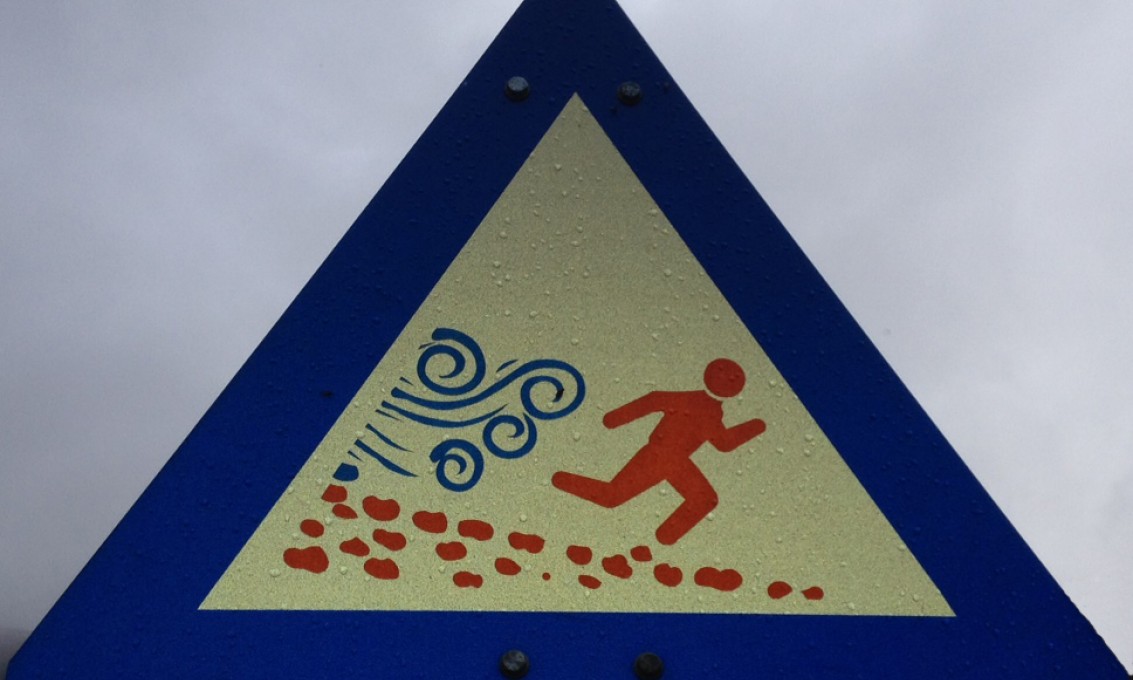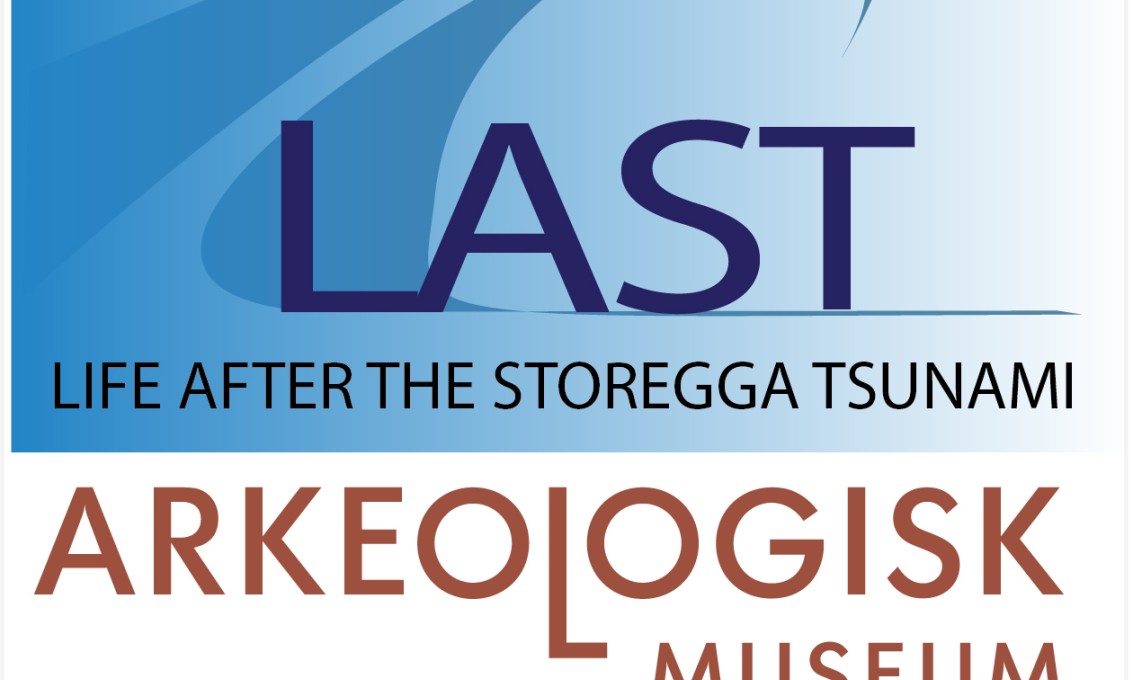The project is based on the Storeggatsunami, which took place about 8150 years ago, to shed light on how coastal communities in the Old Stone Age were built up, how people interacted and what happened to society after the disaster.
The Storegga tsunami c 6150 BC - a wave of destruction or transformative disruption
Funded by the Reseach Council of Norway. Pr.no: 302858
9
2021 - 2025
Astrid Johanne Nyland astrid.j.nyland@uis.no
Social security in the Stone Age
C.6150 BC, the Storegga tsunami inundated the coast of West Norway, Scotland and North Britain. This disruptive event is central to our project. Our objective is to identify, understand and explain the tsunami’s short- and long-term impacts on small-scale, extremely shore-bound Stone Age communities in its subsequent periods.
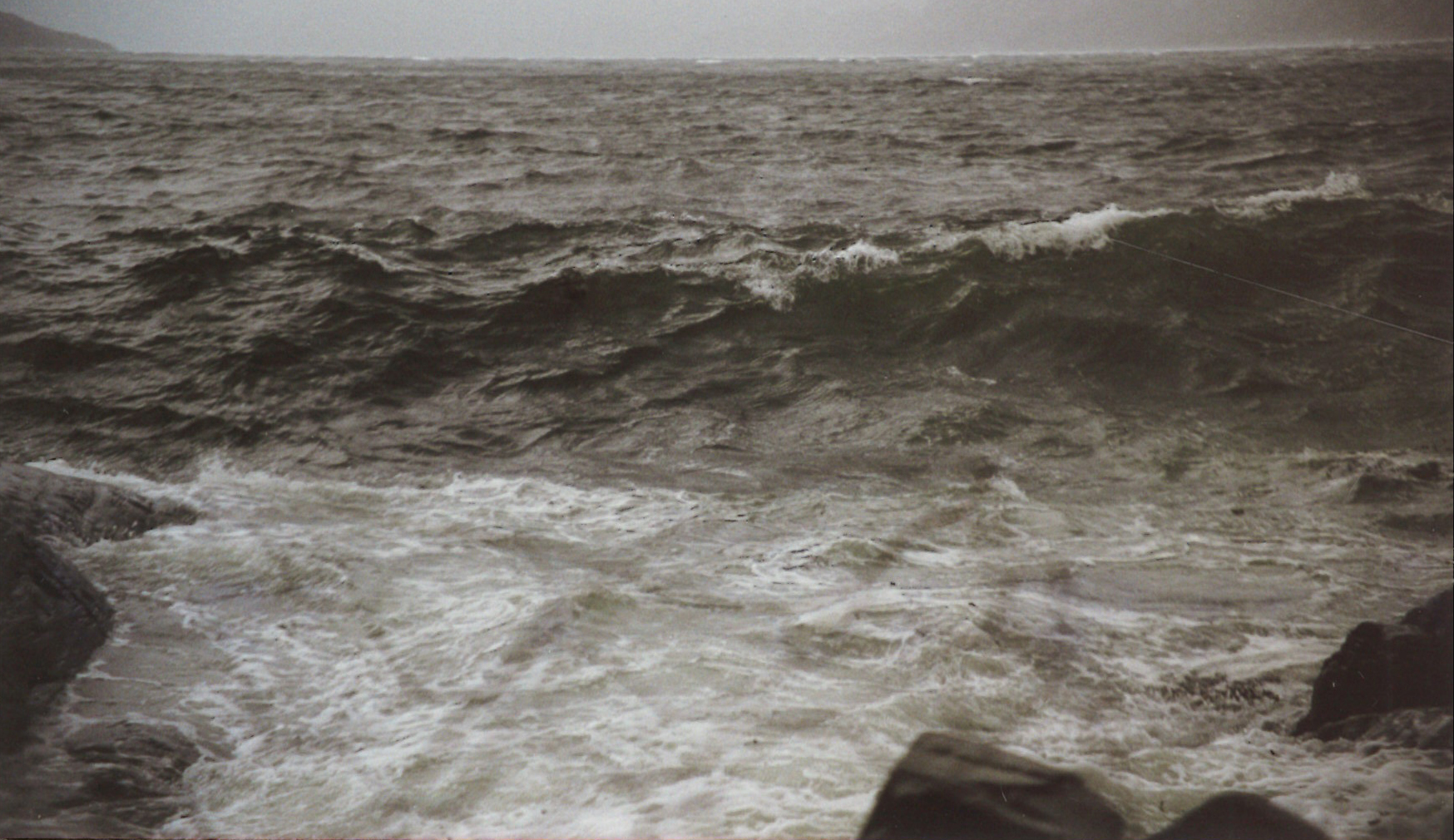
A tsunami is a disaster in as much as it entails large-scale loss of lives, property and livelihood, but it is also a social phenomenon interrupting historical contingency. As a disruptive event, we will examine whether the tsunami was an accelerator for social processes driving societies in new directions, opening social systems up to change, or transforming social order. To reach our objectives, we will investigate patterns of human activity, mobility, settlements, and ritual behaviour, both on a local on-site level and with a wider geographical scope. Through studying the character of knowledge transmission, patterns of continuity or change in material culture and cultural traditions can indicate the type of impact experienced.
We venture the risky task of investigating social reorientations and practices of prehistoric societies by studying a fragmentary archaeological record. For new insights into societal recovery after the Storegga tsunami, we combine studies of site distribution, lithics, landscape reconstruction, geology through micromorphology, and activity development utilizing Bayesian modelling, with theories from the social and humanistic sciences and recent hazard research in geography and anthropology. We will deliver new insights into to how to identify a tsunami’s impact and an interpretative framework for understanding aspects of how small-scale, prehistoric societies recover post-disaster, expressed both through social and ritual practices. Dissemination of how humans mediated external challenges in the past might also inspire acknowledgment and compassion for similar experiences and encounters shared by humans in our-time.
About the project
The project will last from January 2021 to January 2025. The project is internationally oriented with participating researchers from Norway, Ireland, Great Britain and Denmark.
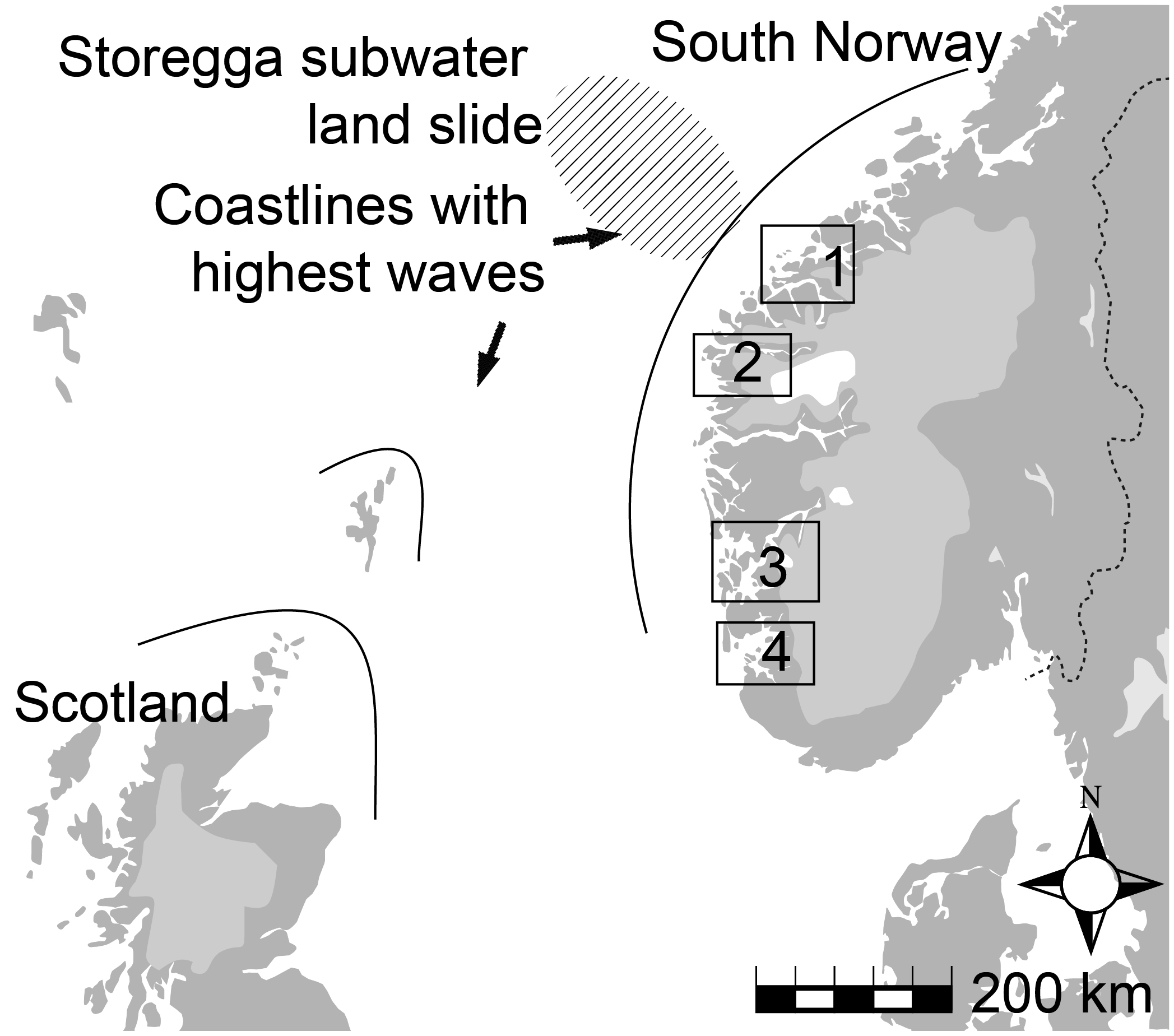
We aim to bridge past and present, combining facts from archaeology, geology, geography, knowledge and histories from survivors of modern disasters. We also hope to capture the interest of a wide public, including fellow academics and students, and a wider audience of non-academics, children, parents, youths, policy makers and people interested in disaster research.
Communication will be undertaken on several platforms: We intend to host two conferences in Stavanger, Norway; we will actively engage in and communicate through social media (look for our # that will be announced on these pages), and we venture the task of writing a children’s book (age 9–11 years) about the prehistoric community’s experience of the Storegga tsunami. The narrative will be the one of human resilience, survival, hope and new beginnings when life seems at its darkest.
The research group
The research group consist of nine members.
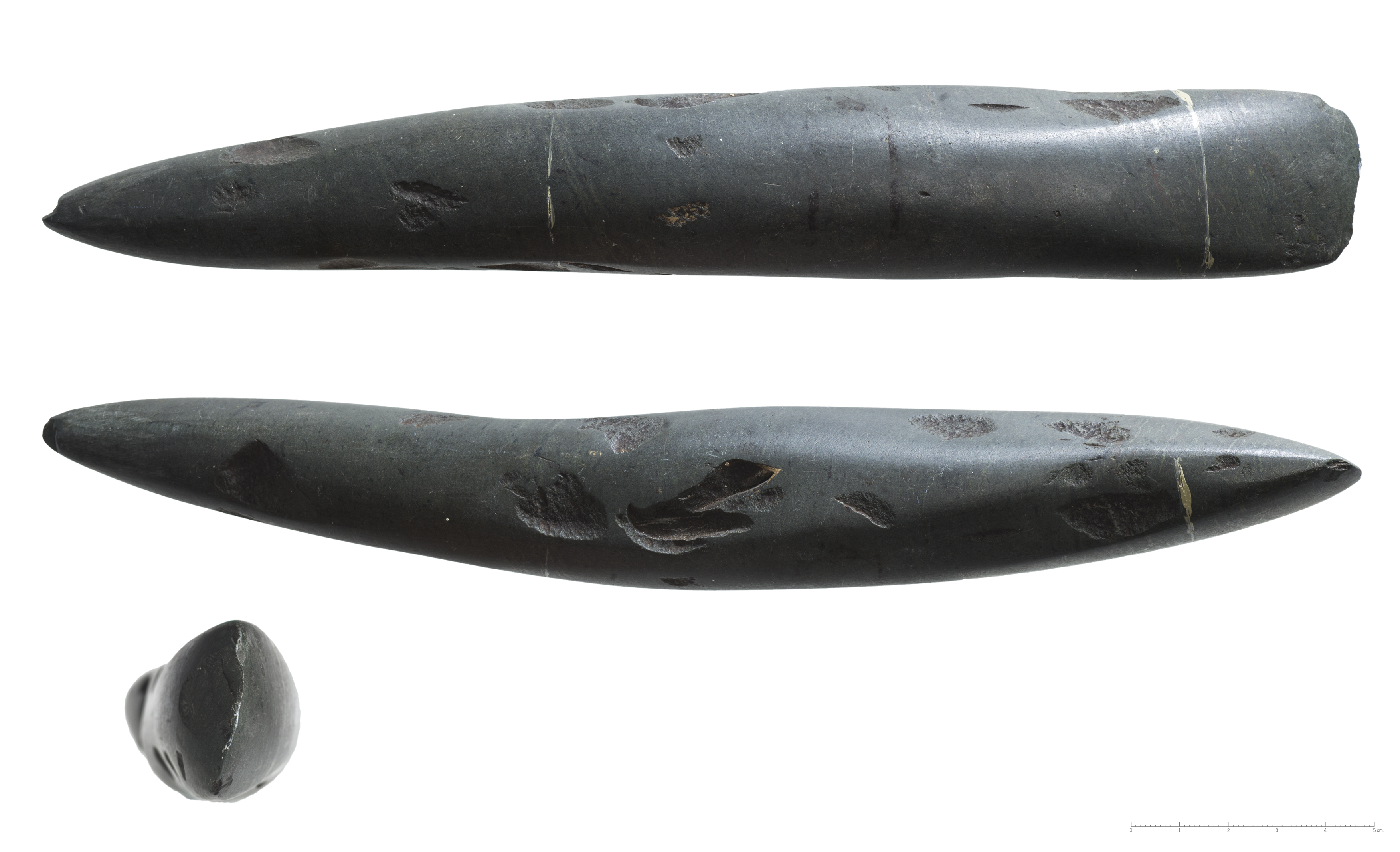
The project group:
The project group comprises the project manager, a postdoctoral researcher, a PhD student and an internationally compiled project council:
- Dr Astrid J. Nyland is the project leader and manager, and one of the primary investigators and the main supervisor for the PhD.
- Dr James Walker is hired as a PostDoc for two years
- Håvard Kilhavn is hired as a PHD-candidate.
The project council:
- Two national collaborators:
- Dr Hege Damlien, Museum of Cultural History, University of Oslo, is an archaeologist and an expert in lithic analyses of blade technology in the Early/Middle Mesolithic.
- Prof Knut Andreas Bergsvik, University Museum Bergen, University of Bergen, is an archaeologist and with broad experience with Stone Age site distribution analyses and lithic raw material distribution in Western Norway. Dr Bergsvik is co-supervising Håvard Kilhavn.
- Four international participants:
- Dr William Megarry, Queens University, Belfast, Northern Ireland, UK, is a prehistorian, landscape archaeologist and geospatial specialist with a particular interest in GIS, remote sensing, and data modelling and statistics. He works at Centre for GIS and Geomatics, and is an Expert Member, for ICOMOS International Scientific Committee on Archaeological Heritage Management.
- Prof Graeme Warren, University College Dublin, Ireland. He has among other things worked extensively with Hunter-Gatherers in the Mesolithic in Scotland and Ireland, in both coastal and montaneous landscapes.
- Prof emeritus Gabriel Cooney, University College Dublin, Ireland, is an archaeologist and has extensive knowledge of the development of quarrying and monumentality in Ireland and the British Isles, i.e. valuable insights that will enable interpretation and contextualisation of the project’s findings.
- Dr Frida Hastrup, Associate Professor in Anthropology, Saxo Institute, Ethnology Section, University of Copenhagen, Denmark, is an anthropologist and has worked with the recovery of an Indian fishing village after the 2004 tsunami.
